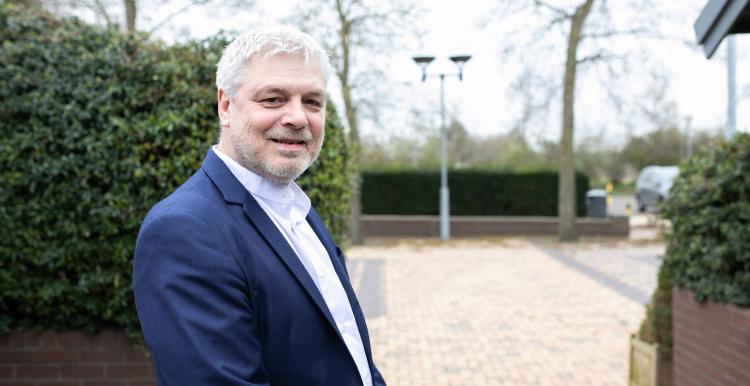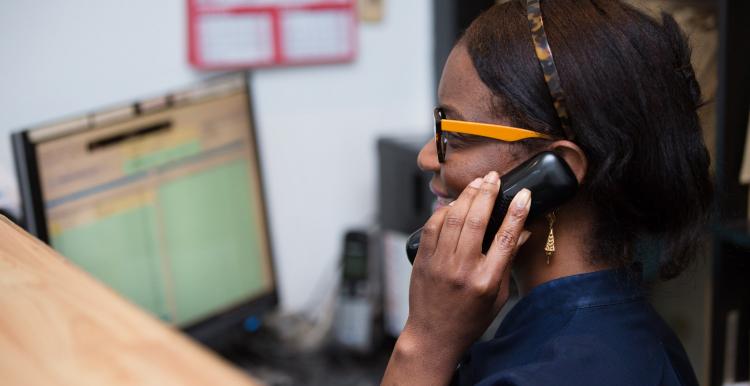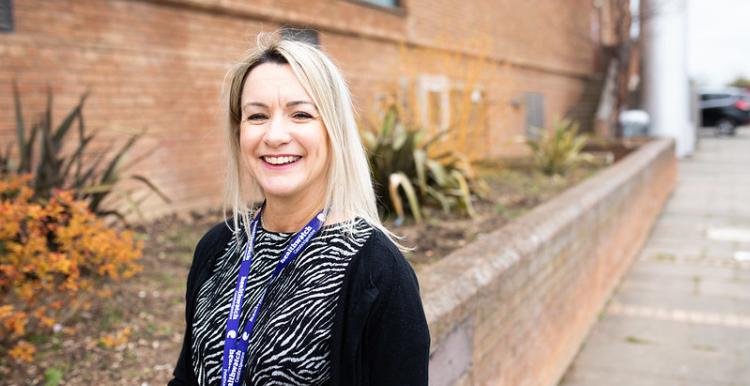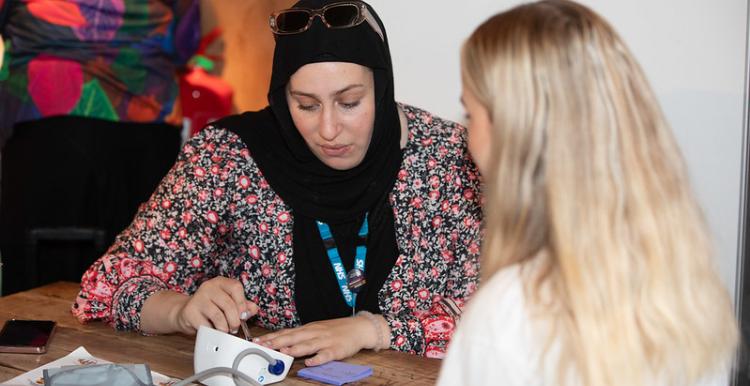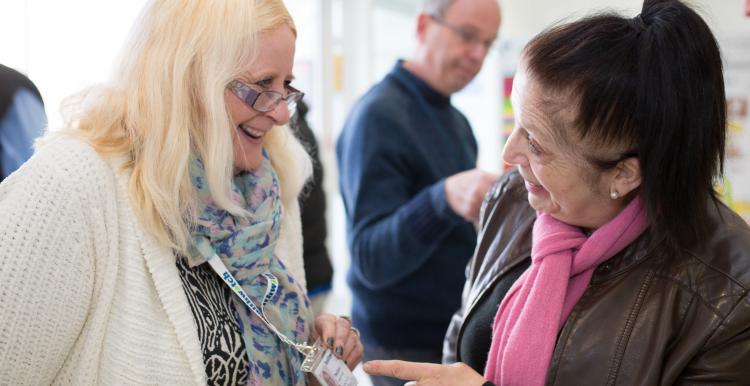Complaints policy template for local Healthwatch
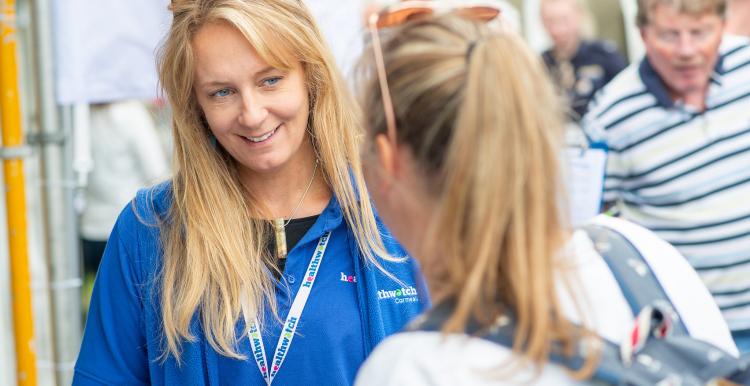
About this resource
If we make a mistake, it’s important that we work quickly to put things right and learn from what has happened. Whether someone gives you a comment, a suggestion, feedback or makes a formal complaint about the work of Healthwatch, it provides a valuable opportunity to identify issues and to improve our work.
Having a clear complaints policy and process can help you:
- Create a positive experience by welcoming feedback and making it easy for people to raise concerns or make a complaint.
- Provide an appropriate, compassionate and timely resolution for all parties.
- Promote a positive organisational culture of learning and improvement.
- Give staff the confidence and freedom to offer fair remedies to put things right when needed, and to act to make sure any learning is identified and acted on to improve services.
What is the normal process for complaints?
An individual is normally encouraged to raise their concern with your local Healthwatch. If they are not satisfied there may be an option to escalate the complaint to the organisation which provides the Healthwatch service and/or the local authority which commissions it.
Downloads
We have developed guidance to support you in how to deal with complaints, as well as a template to help you create your own policy.

